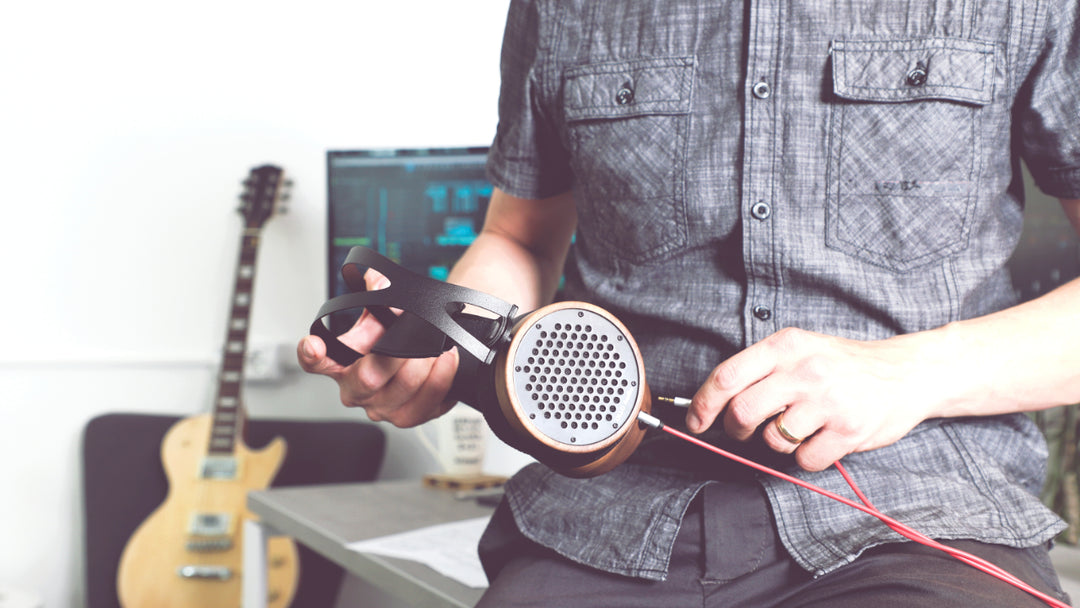EP33 - Using USC calibration data outside your DAW - Directly with your audio interface

Mastering Studio Calibration: Beyond the DAW with OLLO Audio's USC Plugin
The Power of Precision: Calibrating Your Studio Headphones Independently
In the world of audio production, plugins have become the Swiss Army knife for sound engineers and producers. They offer practical solutions for a myriad of tasks, but when it comes to running a sophisticated project studio, the game changes. You're dealing with multiple interfaces, a variety of output channels, and several monitoring lines. And if you're juggling multiple sets of headphones, you'll want to calibrate them without being tethered to your Digital Audio Workstation (DAW). Let's dive into how you can achieve this with OLLO Audio's USC plugin and data file.
Understanding OLLO Audio's USC Plugin and Data File
For the uninitiated, OLLO Audio's USC (Unit Specific Calibration) system is a two-part solution designed to perfect your studio's sound. It consists of a plugin for your DAW and a data file that contains the calibration profile for your specific headphones. Once installed and imported, this system corrects any variances due to the materials in speakers, chassis, and earpads, and aligns the frequency response to your target curve flawlessly.
Optimizing Multi-Channel Interfaces for Seamless Monitoring
The ideal setup for a project studio with multiple output interfaces is to manage calibration outside of the DAW, directly within the interface software. High-end interfaces like Motu or RME come with their own software that allows for such independence. By using only the master channel in your DAW and routing the signal internally to your main speaker channel and headphones, you can apply calibration consistently across all monitoring lines. This method ensures that calibration is always active, regardless of the audio source, and simplifies the setup process.
Navigating Less Ideal Setups Inside the DAW
If your setup is confined within the DAW, create a master bus for mixdown and separate outputs for headphone monitoring and speakers. Apply the USC plugin as an insert on the headphone monitoring channel, ensuring that calibration doesn't affect the final master channel. This approach might require some rerouting, especially when revisiting older projects that didn't originally include this setup.
Streamlining Calibration for Compact Audio Interfaces
For smaller interfaces like the Scarlett or SSL 2, which typically have a single output for both speakers and headphones, the challenge is to manage calibration without separate channels. Here's a quick fix: insert the USC calibration plugin at the end of your master channel's plugin chain. Import both your headphone and speaker calibration data, allowing you to switch between them with a single click. For an even more streamlined process, use two USC plugins back-to-back and toggle the active calibration directly in the DAW.
Elevating Your Production Workflow
As you scale your production capabilities, it's crucial to establish a workflow that minimizes complexity. Investing in an audio interface with multiple outputs and robust routing support will save you time and allow you to focus on what truly matters—crafting impeccable audio.
By stepping beyond the confines of the DAW and utilizing OLLO Audio's USC system, you can ensure that your monitoring setup is calibrated to precision, giving you the confidence that your mixes will translate well across various listening environments. Whether you're mixing in the studio or on the go, the right calibration setup is key to achieving professional-grade sound.




